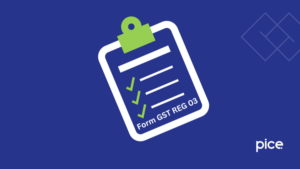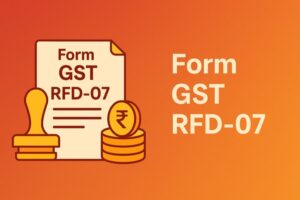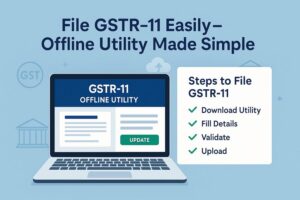What Is a Revised Invoice in GST and How to Revise It?
- 29 Oct 24
- 8 mins
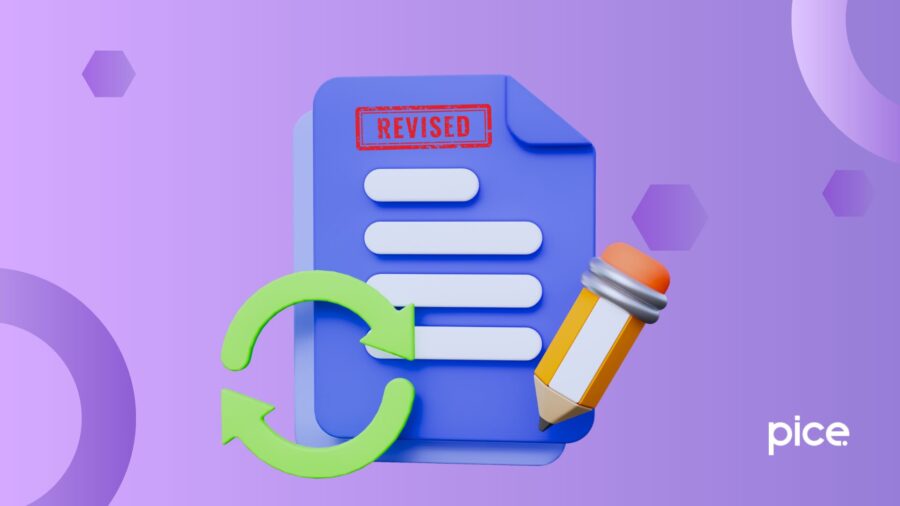
What Is a Revised Invoice in GST and How to Revise It?
- What Is a Revised Invoice in GST?
- When Should You Issue a Revised Invoice Under GST?
- How to Revise Invoices Under GST?
- Format of Revised Invoice
- What Are Supplementary Invoices and Their Purposes?
- Difference Between a Revised Invoice and a Supplementary Invoice
- What Are the Mandatory Fields a GST Invoice Should Have?
- Conclusion
Key Takeaways
- A revised invoice corrects pre-registration transactions under GST compliance.
- Issue revised invoices within one month of receiving the GST certificate.
- Supplementary invoices correct errors or value adjustments in prior invoices.
- GST invoices require specific fields for compliance and tax credit claims.
- Revised invoices cover pre-registration periods, while supplementary invoices address existing invoice discrepancies.
In the business world, errors are common, and sometimes invoices issued under Goods and Services Tax (GST) need to be corrected. It becomes very difficult to change such transactions after GST filing, especially in the case of invoices.
As with any kind of invoice, these need to be adjusted when there is an error during the billing process or if the individual’s situation changes. This requires rectification of tax invoices via revised invoices, which must be reflected in the monthly return.
In this blog, you will learn what a revised invoice in GST is, how it works and other crucial details.
What Is a Revised Invoice in GST?
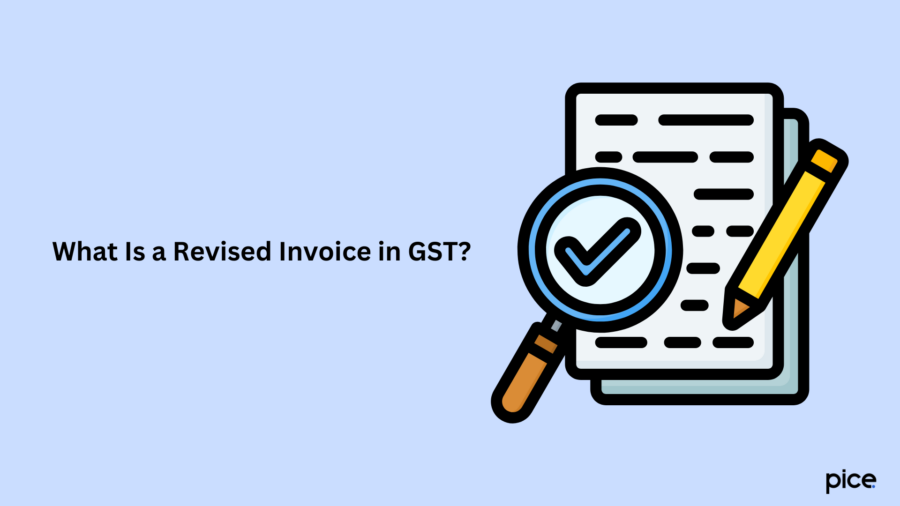
In business, you might make mistakes while bulk invoicing under GST. This may lead to adjustments for some invoices. In such cases, invoices need to be corrected and included in monthly returns, which is called invoice rectification.
Corrections to tax invoices can happen in several ways. Price or GST rate changes may require a new invoice or a supplementary invoice may be added to the original. The prices of goods or services may vary over time, or the government may modify taxes like GST. If the invoice value decreases, a credit note is issued, and if the value increases, a supplementary invoice or debit note is used. A revised invoice is issued when an invoice is needed for goods sold before the seller is registered under GST.
When Should You Issue a Revised Invoice Under GST?
Under GST, all taxable dealers must apply for provisional registration and complete the necessary steps to receive a permanent registration certificate. Once the taxpayer obtains the original registration certificate, they are required to issue revised invoices for any invoices generated between:
- The GST implementation date
- The date the registration certificate was issued
These revised invoices must be issued within a one-month time limit from the date the registration certificate is received.
How to Revise Invoices Under GST?
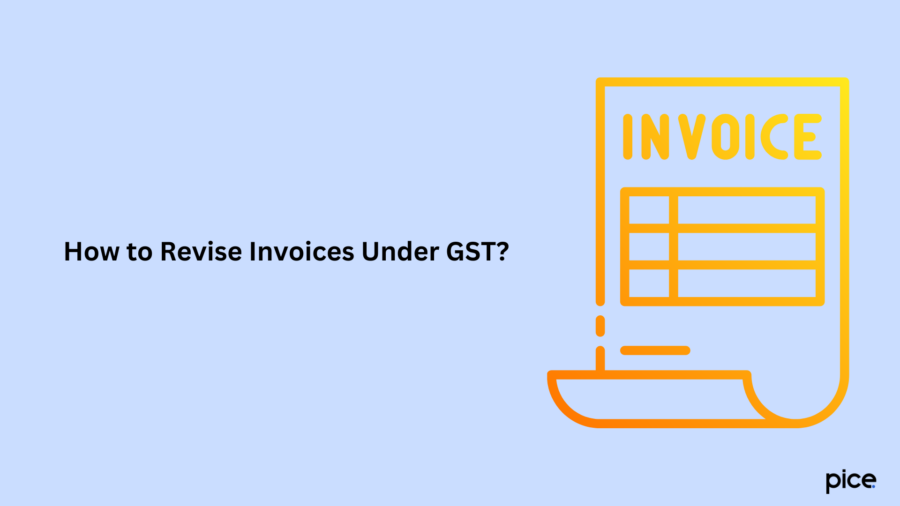
Tax invoices can be revised in various ways. Prices of goods or services may either increase or decrease from time to time, or the GST rate might change, among other scenarios. Such situations lead to modifications in the issued invoice. When prices go up, a supplementary invoice is needed, and for price reductions, a credit note is issued. In some cases, a complete revision of the invoice is necessary, requiring a revised invoice.
However, the GST law does not provide a specific definition for revised invoices. Currently, all registered taxpayers receive a provisional GSTIN number. After completing the required steps, they are given a formal GST registration number.
For any invoices issued between the date GST became applicable and the date when the formal GST registration number is obtained, the taxpayer must issue a revised invoice. This must comply with GST regulations and be issued within one month of receiving the formal registration certificate. It is important to note that once the registration certificate is issued, a revised invoice can no longer be generated.
Format of Revised Invoice
As per GST law, the following details must be included in a revised tax invoice:
- Clearly mention whether the document is a 'Revised Invoice' or a 'Supplementary Invoice'
- Supplier’s name, address, and GSTIN
- A unique alpha-numeric serial number specific to the financial year
- Date of the invoice
- Recipient’s name, address and GSTIN (if registered)
- Delivery location details, including state and code, if the recipient is an unregistered person
- Reference to the original invoice’s serial number and date, for which the revised or supplementary invoice is issued
- Signature or digital signature of the supplier or authorised person
What Are Supplementary Invoices and Their Purposes?
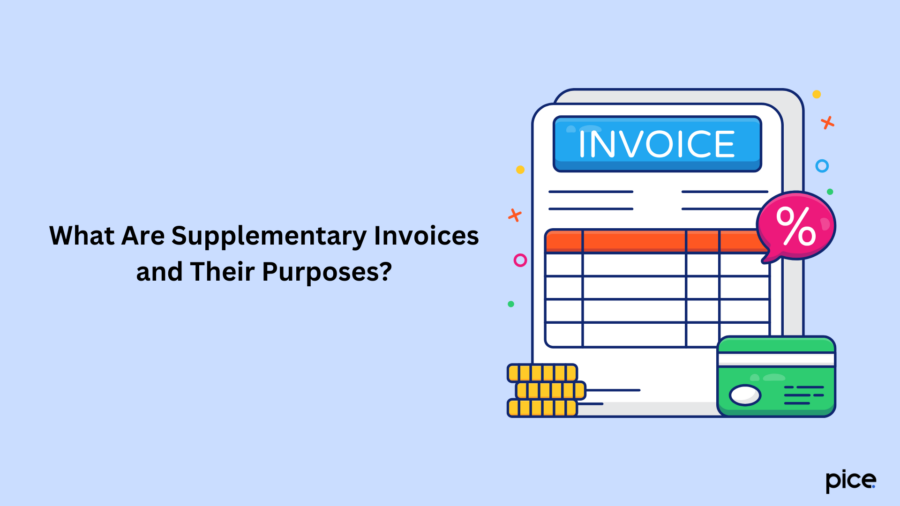
A taxable person issues a supplementary tax invoice when any errors or deficiencies are found in a previously issued tax invoice. For example, if the taxable value of goods or services was understated in the original invoice, leading to less tax being charged, a supplementary invoice can be issued to adjust such errors.
This invoice also allows you to input debit and credit notes which may take care of additional charges called upward revision or decrease in charges found in a certain invoice, referred to as downward revision.
Additionally, some information has to be given on the supplementary invoice along with these modifications. Some essential points that should be mentioned in the supplementary invoice are given below.
- Supplier’s name and address
- Supplier's GSTIN
- Clearly labelled the nature of invoice as 'Debit Note,' 'Credit Note,' 'Revised Invoice' or 'Supplementary Invoice'
- A unique alphanumeric serial number specific to the accounting year
- Date of the invoice
- Recipient’s name and address
- Recipient’s GSTIN (if applicable)
- If the recipient is unregistered, include their name, delivery address, state and respective code
- The original invoice number that the supplementary invoice refers to
- Any differences in tax rate or taxable value
- Signature of an authorised person for physical copies or a digital signature for electronic ones.
By issuing this supplementary invoice, the recipient can claim additional input tax credit based on the revised amount.
Difference Between a Revised Invoice and a Supplementary Invoice
The following table shows the difference between a revised invoice and a supplementary invoice:
| Parameters | Revised Invoice | Supplementary Invoice |
| Meaning | A revised invoice is issued by a taxable person for an invoice created before they obtained GST registration. | A supplementary tax invoice is issued when any mistake or deficiency is found in a previously issued tax invoice. |
| Period Covered | It applies from the effective date of registration up to the date the GST registration certificate is issued. | It is not linked to a specific period but applies to individual invoices. |
| Issued To | Issued to both unregistered and registered persons | Issued to both unregistered and registered taxable individuals |
What Are the Mandatory Fields a GST Invoice Should Have?
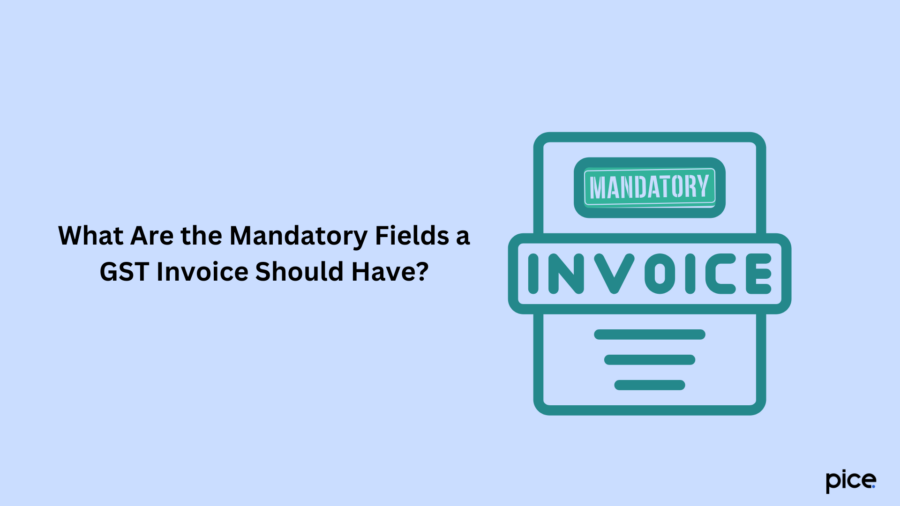
A tax invoice is typically issued to charge tax and transfer the Input Tax Credit (ITC). A GST invoice must include the following required fields:
- Invoice number
- Invoice date
- Customer's name
- Billing and shipping address
- GSTIN of both the customer and the taxpayer (if registered)
- Place of supply
- HSN/SAC code
- Item details such as description, quantity and unit (e.g., kg, metre, etc.)
- Total value of the goods or services
- Taxable value and any discounts applied
- GST rate and tax amounts (CGST, SGST, IGST)
- Whether GST is payable under reverse charge
- Supplier’s signature
Note: If the recipient is unregistered and the invoice value exceeds ₹50,000, the invoice should also include:
- Recipient's name and address
- Delivery address
- State name and code.
Conclusion
Issuing a revised invoice in GST is essential for the rectification of invoices and ensures business compliance under GST. By following the correct process, businesses can rectify any discrepancies and do accurate invoicing.
aMoreover, it is imperative to note that according to the Model GST Law, section 2(35) with section 24(1), there shall be a credit note whenever a tax invoice has been issued which extends to the supply of goods or services and the tax paid on such invoice is more than the tax on the supply.
💡If you want to streamline your payment and make GST payments, consider using the PICE App. Explore the PICE App today and take your business to new heights.
 By
By 





